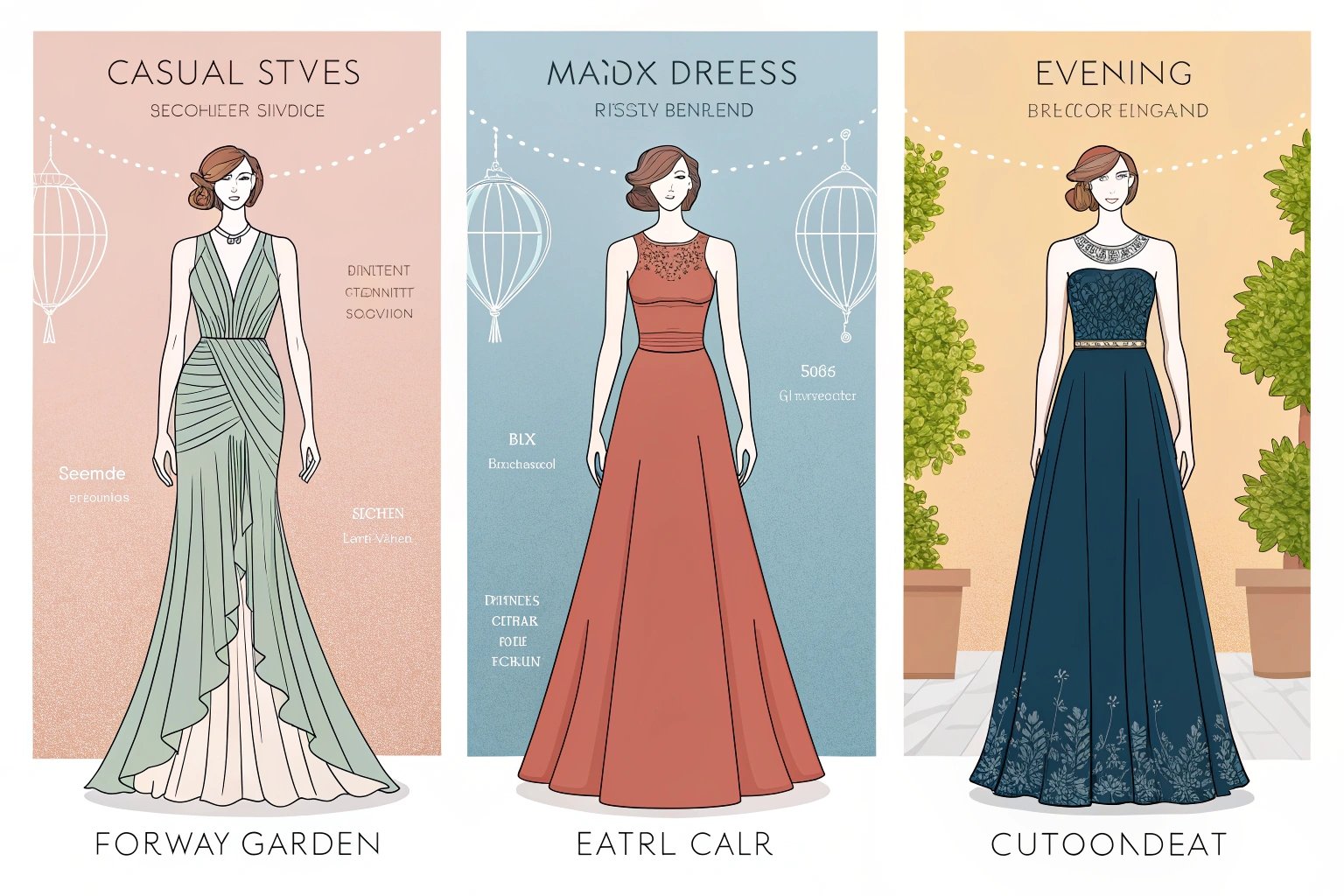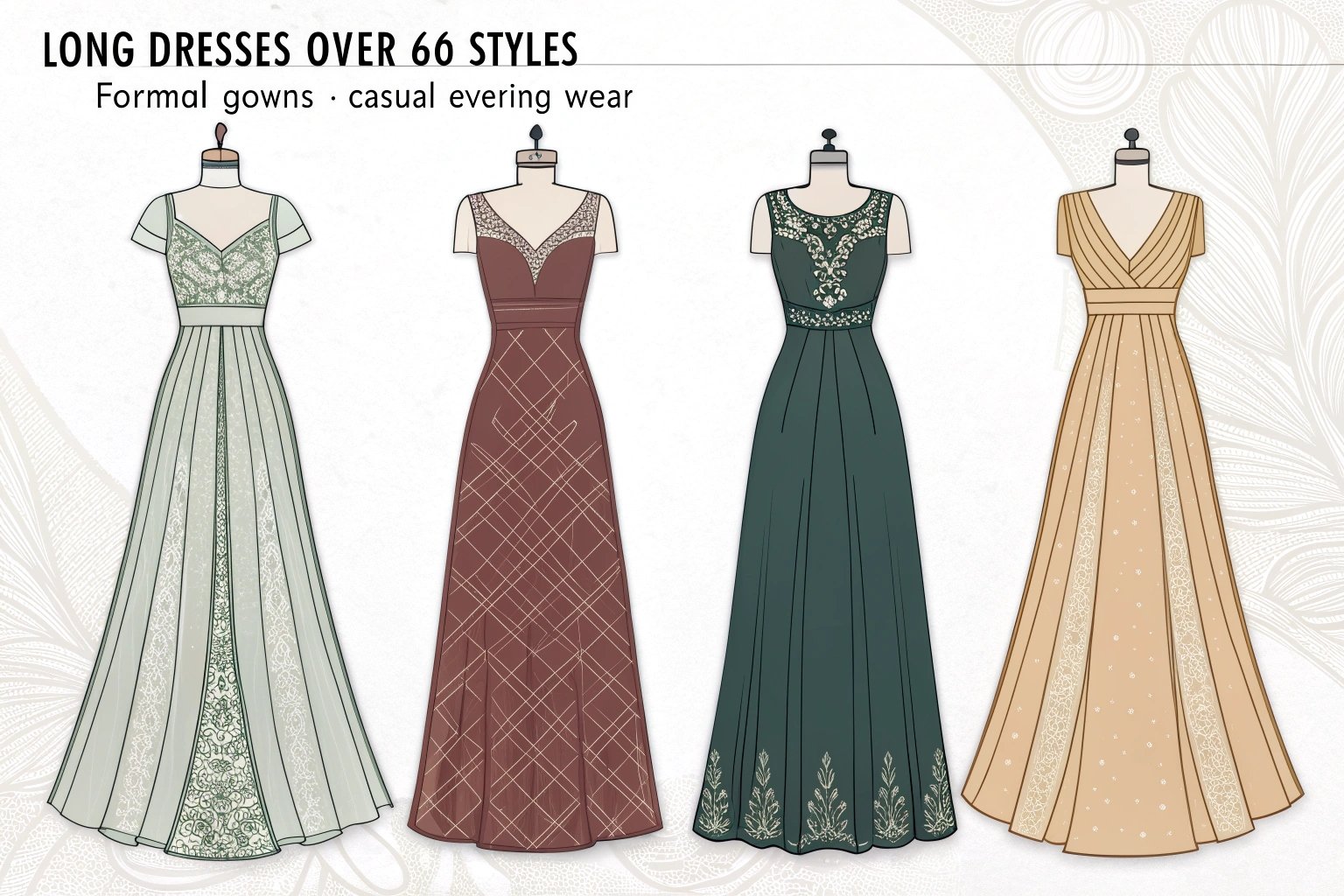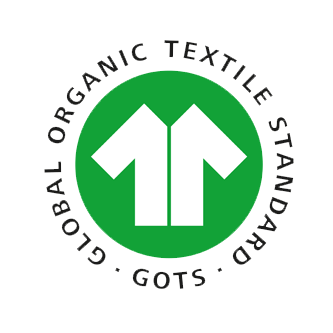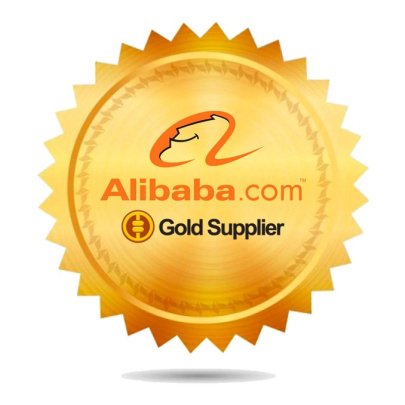Fashion in Europe moves quickly, with trends changing season by season and region by region. For emerging brands, keeping up with these shifts is both a challenge and an opportunity. As a small quantity clothing manufacturer in Europe1, I’ve seen firsthand which styles dominate demand—and how small-batch production is the perfect match for this fast-paced market.
The most in-demand clothes in Europe combine trend-driven styles2, seasonal relevance, and sustainable values3, with preferences varying across regions due to climate, culture, and fashion identity.
When a trend takes off—whether it’s a new silhouette, fabric, or cultural influence—brands that react quickly can dominate sales. The secret? Agility in production.
Which Fashion Trends Have Recently Dominated the European Market?
European fashion trends are often shaped by seasonal shifts, runway influence, and cultural moments.
Seasonal demand is driven by outerwear in winter, airy linens in summer, and layering essentials in transitional seasons. Pop culture, music festivals, and celebrity street style often spark sudden surges in specific items like oversized blazers or retro sneakers.
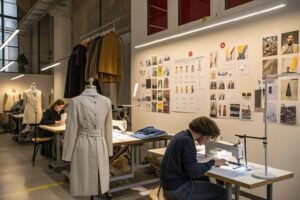
The Influence of Seasons and Cultural Moments
- Spring/Summer: Lightweight dresses, linen sets, and oversized shirts dominate in Southern Europe, while trench coats and knit cardigans remain staples in Northern Europe.
- Autumn/Winter: Demand for tailored wool coats, chunky knitwear, and leather boots spikes across most of Europe.
- Pop Culture: Netflix series like Emily in Paris have influenced chic Parisian looks—berets, mini skirts, and fitted blazers—while music festivals boost boho and streetwear demand.
In my own manufacturing experience, a viral TikTok trend featuring puff sleeve tops resulted in orders doubling within two weeks—proof that social media has become a major fashion driver.
Why Small Quantity Clothing Manufacturer Europe Services Are Thriving
Europe’s fashion market thrives on speed and niche targeting—two areas where small-batch production excels.
Small quantity manufacturing allows brands to launch new styles faster, minimize overstock risk, and test trends without committing to massive inventory. This agility is essential when trends can peak and fade in under three months.
Why Emerging Brands Choose Small-Batch Over Mass Production
- Trend Testing: Brands can release 50–200 pieces to test market interest, then scale only the best sellers.
- Lower Risk: Less inventory means fewer markdowns and waste.
- Market Responsiveness: Ability to adjust designs, fabrics, or sizing based on immediate feedback.
For example, we worked with a London-based startup that tested three dress styles in a 100-piece run. One style sold out in 10 days, leading to a quick reorder—without the brand being stuck with unsold stock from the other two.

What Types of Clothes Are Popular in Different European Regions?
Fashion tastes across Europe are far from uniform—climate, lifestyle, and cultural identity create distinct regional demand.
Northern Europe leans toward functional, layered styles, while Southern Europe favors lightweight fabrics and bold colors. Western Europe often embraces minimalist tailoring, whereas Eastern Europe blends glam with streetwear.
Regional Trends Breakdown
| Region | Popular Styles | Fabric Choices |
|---|---|---|
| Northern Europe | Parkas, oversized knitwear, waterproof boots | Wool blends, technical fabrics |
| Southern Europe | Linen shirts, maxi dresses, espadrilles | Linen, cotton, silk |
| Western Europe | Tailored blazers, monochrome basics | Cotton, viscose, lightweight wool |
| Eastern Europe | Bodycon dresses, statement outerwear, heels | Synthetics, satin, faux leather |
Climate impact: In Scandinavia, layering pieces like longline coats sell year-round. In Spain and Italy, resort wear sees spikes not only in summer but also in early spring due to holiday travel.
How Sustainability Shapes Clothing Demand in Europe
Sustainability isn’t a passing trend—it’s a core value for many European consumers.
Eco-friendly fabrics like organic cotton, Tencel, and recycled polyester are now in high demand, alongside ethical manufacturing practices4 and transparent supply chains.
How Small-Batch Manufacturing Supports Sustainability
- Reduced Waste: Smaller runs mean fewer unsold garments ending up in landfills.
- Eco Materials: Easier to source specialty fabrics like organic cotton in limited quantities.
- Local Production: Shorter supply chains lower carbon footprints.
A Berlin-based client we work with requests only GOTS-certified organic fabrics5 and produces in runs of under 150 pieces, aligning perfectly with their eco-conscious branding.

How to Work with a Small Quantity Clothing Manufacturer in Europe to Meet Market Demand
Partnering with the right manufacturer ensures your styles match both current trends and your brand identity.
Ask about their lead times, MOQ, material sourcing options, and ability to scale orders quickly. Also, ensure they understand your target market’s fit and style preferences.
Using Market Research to Predict Best-Selling Styles
- Analyze Regional Data: Use sales data, social media insights, and Google Trends to track rising styles in your target countries.
- Follow Influencers: European fashion influencers often preview upcoming trends before they hit mainstream.
- Leverage Pre-Orders: Collect early customer commitments to reduce risk and confirm demand.
When a Scandinavian client used Instagram polls to gauge interest in oversized wool coats, they were able to confirm 60% of their order before production began—resulting in a sellout within the first month.
Conclusion
Clothing demand in Europe is shaped by seasonality, cultural influences, and a growing commitment to sustainability. Small-batch manufacturing offers the flexibility, speed, and reduced risk that brands need to thrive in this market. By staying attuned to regional preferences and responding quickly to trend shifts, brands can capture demand at its peak without overproducing.
-
Explore how small quantity manufacturers can help brands stay agile and responsive to market trends. ↩
-
Find out how brands can identify and capitalize on trend-driven styles to boost sales. ↩
-
Learn about the growing importance of sustainability in fashion and how it shapes consumer choices. ↩
-
Understand the importance of ethical practices in fashion and their impact on consumer trust. ↩
-
Learn about the significance of GOTS certification in promoting sustainable fashion. ↩



